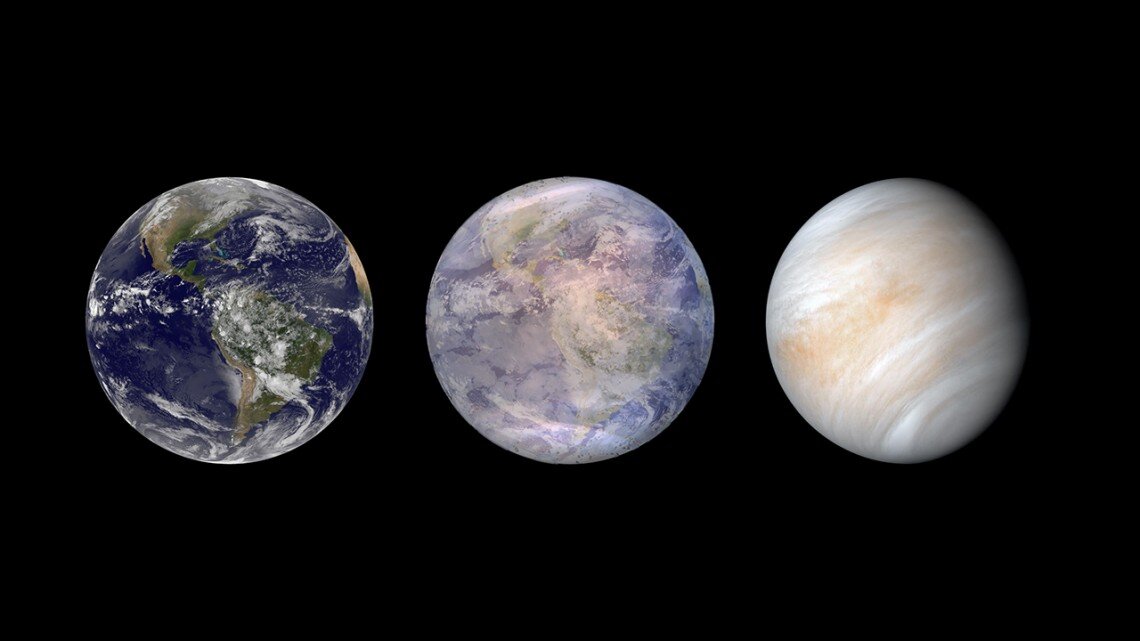Scientists have studied the hot super-Earth LP 890-9c, located 100 light-years away from us. They have built several models of its appearance depending on additional conditions. These studies will help understand how our planet can evolve.

Super-Earth LP 890-9c
Scientists from Cornell University were interested in determining how close to the star the boundary of the “habitable zone” is situated, where the existence of liquid water on an Earth-like planet is possible. To investigate this, they thoroughly studied the exoplanet LP 890-9c.
The star around which it revolves is located 100 light-years away from us. It is a small red dwarf, and LP 890-9c is the second planet in this system. It completes one orbit in just 8.5 days. However, because the star is much dimmer than the Sun, LP 890-9c is still within the “habitable zone,” albeit close to its inner edge.
LP 890-9c is a super-Earth that is 40% larger than our planet. Overall, it receives approximately the same amount of energy from its star as Venus does in the Solar System. Scientists have constructed several models of what it might look like.
Depending on variations in input parameters such as size, mass, chemical composition, temperature, surface pressure, atmospheric height, and cloud coverage of the planet, researchers obtained different scenarios for its evolution. These scenarios ranged from a sufficiently Earth-like world where life could still exist to a barren desert resembling Venus.
What does the future hold for Earth?
In fact, scientists did not attempt to precisely model the appearance of the super-Earth LP 890-9c. It is understood that depending on many factors that cannot currently be determined, its appearance could vary. However, researchers were particularly interested in determining at what point the planet, somewhat suitable for life, transforms into a hellish environment.
After all, the “habitable zone” itself is delineated rather roughly. Scientists know from the example of Venus that when a planet with a dense atmosphere approaches its inner boundary, a significant greenhouse effect occurs, transforming it into a desert.
Importantly, the brightness of our Sun is slowly increasing. Therefore, Earth is gradually approaching the inner boundary of the “habitable zone.” At some point, the oceans on Earth will begin to boil, and it will go through all the stages that scientists have observed by modeling LP 890-9c.
Source: https://phys.org

